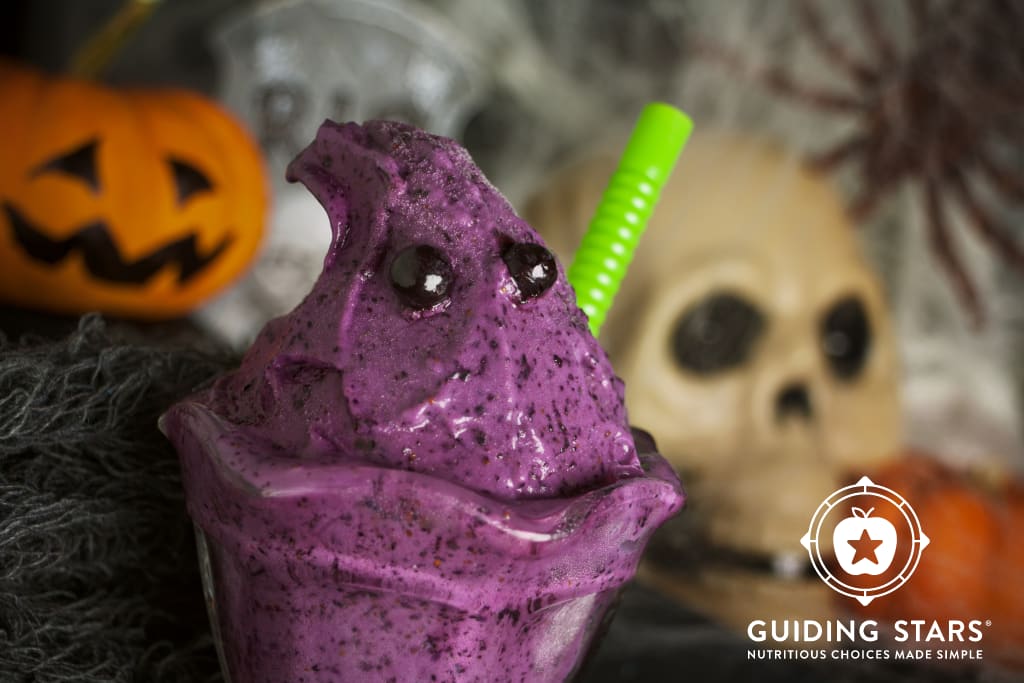
It’s no wonder why children countdown the days until Halloween. Trick-or-treating is a magical experience. You wear a fun costume, pretend you are someone/something else, and travel from house to house, through dark neighborhoods filled with spooky creatures and decorations. Along the way, you amass a treasure of treats (mostly candy) before getting home, perhaps past bedtime, to tally up your haul.
It’s hard to top that, but health-conscious parents who are aware of the consequences of excess sugar intake might agonize over how to manage this influx of treats without disrupting the fun. Guiding Stars is here to help. Let’s address some common concerns about candy and cover a few tricks to avoid the true horror of Halloween: missing out on your children’s joy.
Enjoy the night
Do your best to appreciate all the good that comes with Halloween. Don’t stress over the candy. Your children get to exercise their creativity as they come up with a costume. They learn common etiquette as you show them how to greet neighbors and thank them for candy. After the experience, you might feel a greater connection with your community.
Allow your kids to eat as much candy as they’d like when you get home from trick-or-treating. Placing restrictions and trying to teach moderation will not go over well. One night of indulging on candy will not have any lasting negative impact. Enjoy some candy as a family. You can say which are your favorites and why. You can ask about their preferences. When you are done, everyone can brush their teeth before going to bed.
There’s no such thing as ‘bad food’
Try to avoid saying that candy is junk or not usually allowed. Also, be careful when you talk about yourself and candy. Saying things like you shouldn’t be eating it might make your children question why, and as parents, we want to promote a positive relationship with food. We don’t want our children to feel that any food is bad or forbidden, which can make treats even more desirable and bring on guilt and stress for eating them. Our overall eating pattern determines our well-being. Treats like candy can fit, if we consume plenty of other nutritious foods.
Guiding Stars does not rank foods as “good” or “bad.” Simply stated, foods with stars deliver more nutrients per calorie or more “bang for your buck.” Guiding Stars is easy to teach to children to help them understand how to make more nutritious choices. You can point out our positive approach. Treats like candy, which provide little nutrition and are meant to be enjoyed occasionally, aren’t given a negative rating. We only label foods with good, better, and best nutrition with 1 star, 2 stars, and 3 stars ratings. These are the foods we should choose and eat most often.
Teach how to manage treats
Halloween candy is an opportunity to teach children how to manage treats. Ellyn Satter is a registered dietitian and family therapist who developed the “division of responsibility in feeding” model. She suggests working toward having your child manage their own candy stash. The day after Halloween, you might let them have free reign on their candy again if there are no other celebrations planned. After that, consider putting it away to be eaten only at meal or snack time. You could allow a couple of pieces at meals for dessert and as much as they want at snack time if it’s paired with something else nutritious like low-fat milk.
If your children can follow your rules, let them keep control of the candy stash. The goal is to give your children enough access to their Halloween candy that they feel satisfied and naturally lose interest. As adults and children become more comfortable around treats they are less of a concern.